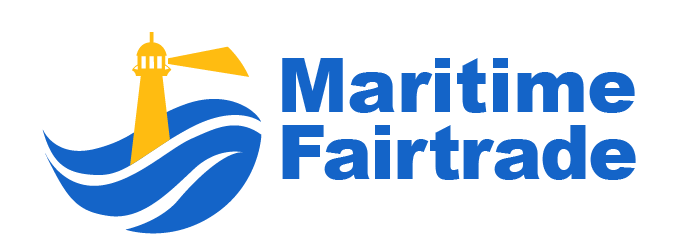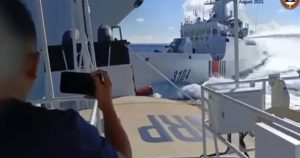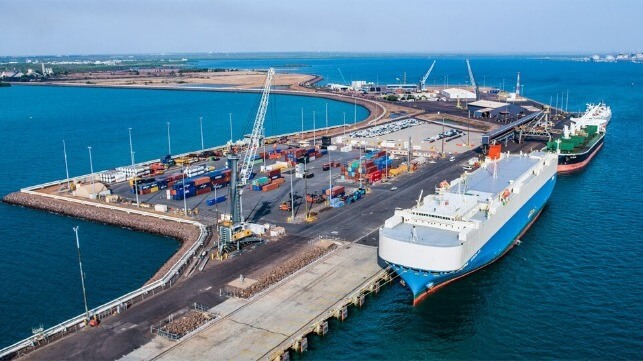Maritime surveillance is critical for enhancing Maritime Domain Awareness (MDA), involving real-time monitoring and analysis of oceanic activities to detect potential threats. Traditional tools like the Automatic Identification System (AIS) and radar are vital for tracking vessel movements but face significant limitations. Their effectiveness is hindered by reliance on finite sensors and human oversight, resulting in delays and monitoring gaps—especially concerning “dark vessels” that disable identification systems to evade detection. This inadequacy has led to an escalation in illicit activities such as smuggling, piracy, and unregulated fishing, compounded by a growing fleet of dark vessels, particularly observed in cases like Russia’s circumvention of sanctions using over 1,400 untracked ships.
To address these challenges, India is integrating artificial intelligence (AI) into its maritime surveillance systems. AI technologies can significantly enhance situational awareness and anomaly detection through real-time data integration and predictive analytics. For instance, swarm drone systems are being utilized to autonomously patrol offshore areas, relaying data to surface ships and ground systems. This technological push aims to fortify India’s surveillance framework while raising critical concerns about reliability, accountability, and cybersecurity.
Current foundational technologies in maritime surveillance, such as AIS and radar, provide essential data for navigation and accident avoidance, yet they are often vulnerable to manipulation and can miss smaller vessels due to blind spots. These limitations necessitate a shift toward advanced technological solutions. Geospatial AI is emerging as a robust complement, combining data from satellite imagery, AIS, and radar to form a comprehensive view of maritime activities, detecting anomalies and even tracking dark vessels through behavioral pattern analysis.
AI’s capacity for real-time data analysis allows for enhanced monitoring, enabling the identification of erratic vessel movements and other suspicious behaviors. Numerous AI-driven initiatives across the globe are showcasing this capacity—for example, tools developed for detecting illegal fishing or identifying dark vessels aim to bolster maritime security significantly. Countries like the Netherlands, Greece, and the USA are at the forefront of these innovations, integrating sophisticated algorithms for improved vessel tracking and anomaly detection.
In recent developments, India has initiated several AI-driven projects to enhance its maritime capabilities. An agreement has been signed for six AI-equipped patrol vessels for the Indian Coast Guard, which will aid in enforcing maritime laws and conducting search and rescue operations. The Indian Navy is also exploring AI applications to boost surveillance and is working with private partners to develop comprehensive monitoring systems.
However, the integration of AI in maritime surveillance does not come without challenges. Cybersecurity threats are a prominent concern, as adversaries may exploit technological vulnerabilities. Additionally, ethical and regulatory issues arise regarding accountability for autonomous systems, particularly concerning their navigation and decision-making processes without human oversight. The risk of operator complacency due to heavy reliance on automation further complicates matters.
To ensure effective AI deployment, training for maritime personnel is essential. Challenges such as adverse weather conditions and ocean dynamics can impact system performance, necessitating improvements in technologies, algorithms, and navigation systems. There’s a clear need for India to invest in research and development while fostering international collaborations to share best practices and develop regulatory standards.
In conclusion, as maritime threats evolve, so too must the strategies to counter them, embracing innovation and advanced technologies to enhance security and resilience in maritime operations.
Source link






